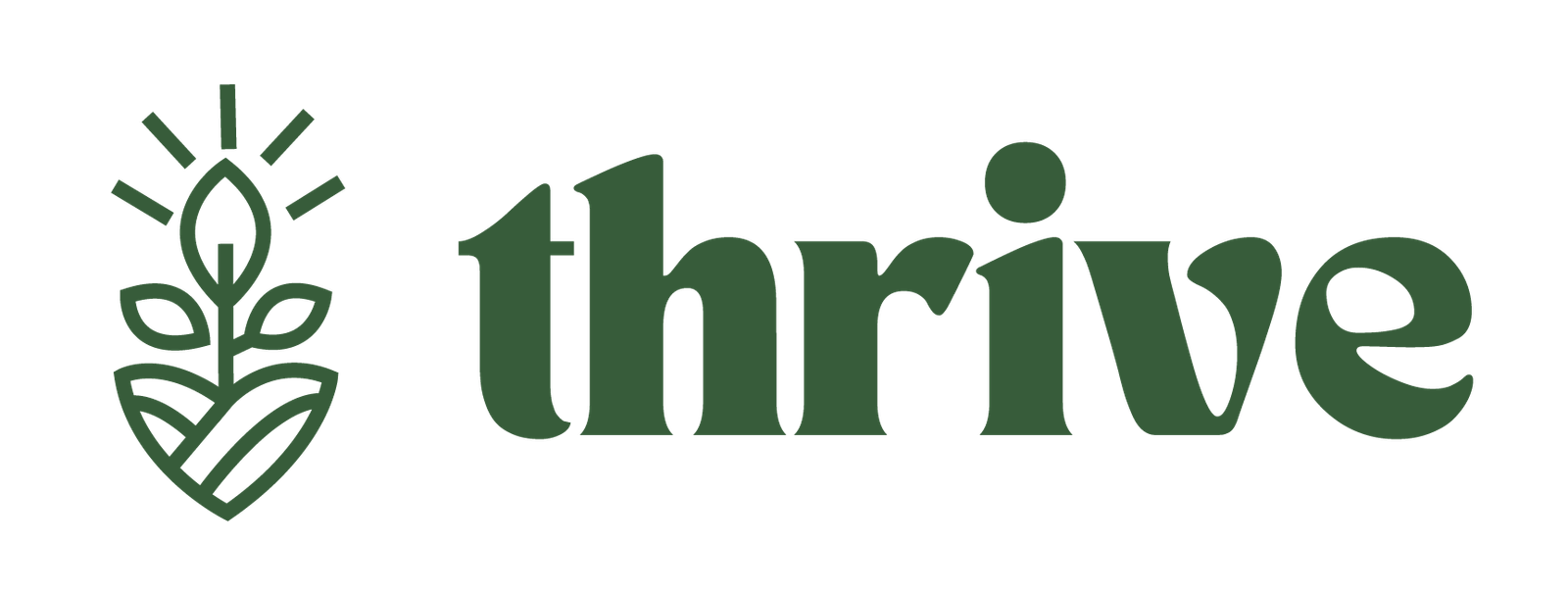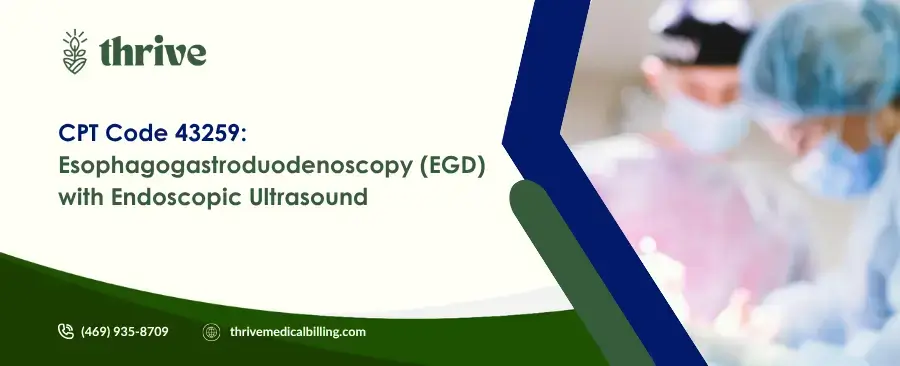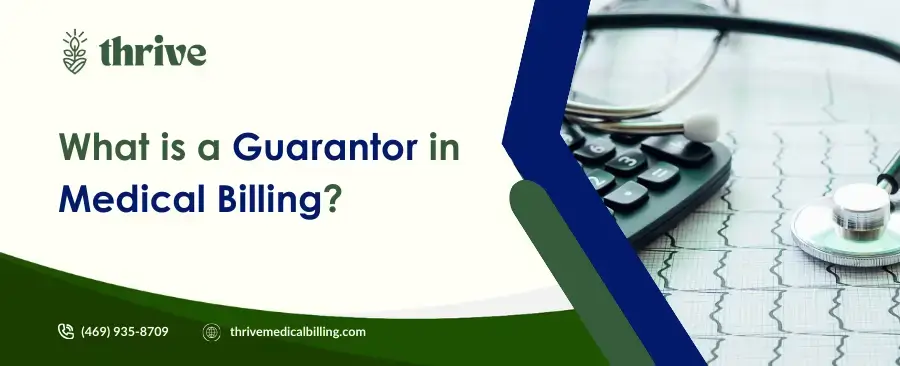Introduction to CPT Code 43259
CPT code 43259 is a procedural code used in medical billing to describe an esophagogastroduodenoscopy (EGD) with endoscopic ultrasound examination, including the esophagus, stomach, and duodenum or a surgically altered stomach where the jejunum is examined. This upper GI endoscopy procedure is a specialized diagnostic tool that combines visual inspection of the upper gastrointestinal tract with ultrasound imaging to assess surrounding tissues for abnormalities like tumors or strictures. Understanding 43259 CPT code is essential for healthcare providers, coders, and billing professionals to ensure accurate billing and avoid issues that lead to claim denials.
This guide provides a detailed overview of CPT code 43259, its applications, modifiers, Medicare reimbursement rates, and strategies to optimize billing for upper GI conditions such as difficulty swallowing or suspected malignancies.
What is Esophagogastroduodenoscopy (EGD) with Endoscopic Ultrasound?
Esophagogastroduodenoscopy (EGD) with endoscopic ultrasound, denoted by CPT code 43259, is a procedure involving a flexible endoscope inserted through the mouth to examine the upper gastrointestinal tract—specifically the esophagus, stomach, and duodenum, or the jejunum in cases of surgically altered anatomy (e.g., post-gastric bypass). The endoscopic ultrasound component uses sound waves to create detailed images of the GI tract walls and surrounding structures, such as lymph nodes or organs, enhancing diagnostic accuracy.
This procedure is typically performed under sedation in an outpatient setting, such as a hospital or gastroenterology clinic. It is used to investigate symptoms like difficulty swallowing, abdominal pain, or suspected upper GI conditions, including tumors, strictures, or pancreatic abnormalities. The ultrasound component distinguishes CPT code 43259 from other EGD codes like CPT code 43235 (basic EGD with brush wash) or CPT code 43239 (EGD with biopsy).
Procedure Involving the Upper Gastrointestinal Tract
The procedure involving CPT code 43259 focuses on the upper gastrointestinal tract, including:
- Esophagus: The tube connecting the throat to the stomach.
- Stomach: The organ responsible for initial digestion.
- Duodenum: The first part of the small intestine, where nutrient absorption begins.
- Jejunum (in surgically altered anatomy): Examined in cases like gastric bypass surgery.
During the procedure, a gastroenterologist inserts a flexible endoscope with an ultrasound probe through the patient’s mouth. The endoscope visualizes the mucosal lining, while the ultrasound provides detailed imaging of deeper tissues and adjacent structures. This dual approach makes CPT code 43259 ideal for diagnosing complex upper GI conditions, such as submucosal lesions or pancreatic masses.
Comparison with CPT Codes 43235 and 43239
CPT code 43259 differs from other EGD codes like CPT code 43235 and CPT code 43239 in its scope and technique:
- CPT Code 43235: Describes a basic esophagogastroduodenoscopy (EGD) with brush wash, where cells are collected from the mucosal lining for cytological analysis. It does not include ultrasound or biopsy. This code is used for simpler diagnostic evaluations of the upper GI tract.
- CPT Code 43239: Refers to an EGD with biopsy, where tissue samples are taken using forceps for histological analysis. It focuses on physical tissue collection rather than ultrasound imaging.
- CPT Code 43259: Combines EGD with endoscopic ultrasound, providing both visual inspection and detailed imaging of the esophagus, stomach, and duodenum or jejunum. It is used for more complex cases requiring deeper tissue assessment.
Choosing the correct procedural code is critical to ensure accurate billing. For example, billing CPT code 43259 with CPT code 43235 together is considered unbundling and can lead to claim denials, as both describe diagnostic EGD procedures with overlapping components.
Modifiers for CPT Code 43259
Modifiers provide additional context for CPT code 43259 to ensure proper reimbursement. The following modifiers may apply:
- Modifier 22 (Increased Procedural Services): Used when the procedure requires significantly more effort, e.g., due to complex anatomy or prolonged ultrasound imaging.
- Modifier 26 (Professional Component): Applied when billing only for the physician’s interpretation of the ultrasound results, excluding facility fees.
- Modifier 52 (Reduced Services): Indicates a partially performed procedure, such as omitting the ultrasound due to equipment issues.
- Modifier 53 (Discontinued Procedure): Used when the procedure is stopped for patient safety reasons, e.g., adverse reaction to sedation.
- Modifier 59 (Distinct Procedural Service): Denotes a separate procedure on the same day, such as an EGD with ultrasound and a colonoscopy. Note: Use cautiously, as Medicare may deny claims if CPT code 43259 is billed with CPT code 43239 without clear distinction.
- Modifier 76 (Repeat Procedure by Same Physician): Indicates the same physician repeated the procedure later in the day.
- Modifier 77 (Repeat Procedure by Another Physician): Used when a different physician repeats the procedure.
- Modifier 78 (Unplanned Return to the Operating Room): Applied for a related procedure during the postoperative period.
- Modifier 79 (Unrelated Procedure or Service): Indicates an unrelated procedure during the postoperative period.
- Modifier 99 (Multiple Modifiers): Used when multiple modifiers apply to the procedure.
Providers must follow American Medical Association (AMA) and payer guidelines to avoid errors that lead to claim denials.
Medicare Reimbursement Rates for CPT Code 43259
CPT code 43259 is reimbursable by Medicare, but reimbursement rates depend on several factors:
- Medicare Physician Fee Schedule (MPFS): The MPFS lists payment rates for CPT code 43259, adjusted by the Geographic Practice Cost Index (GPCI) for regional variations.
- Medicare Administrative Contractors (MACs): Regional MACs may impose specific billing rules or coverage criteria, such as Local Coverage Determinations (LCDs) or National Coverage Determinations (NCDs).
- Facility vs. Non-Facility Rates: Non-facility rates (e.g., office settings) are higher to cover overhead costs.
- Modifiers: Modifiers like 26 or 52 can adjust reimbursement amounts.
To verify reimbursement rates for 2025, providers should:
- Check the MPFS on the Centers for Medicare & Medicaid Services (CMS) website.
- Consult their regional MAC for coverage policies.
- Use coding tools like AAPC Coder for real-time rate estimates.
Accurate documentation of medical necessity, such as difficulty swallowing or suspected tumors, is essential for Medicare reimbursement.
Upper GI Conditions Diagnosed with CPT Code 43259
CPT code 43259 is used to diagnose complex upper GI conditions affecting the esophagus, stomach, and duodenum or jejunum. The endoscopic ultrasound enhances the ability to detect:
- Tumors or Malignancies: Such as esophageal cancer, gastric cancer, or pancreatic masses.
- Submucosal Lesions: Abnormalities beneath the mucosal lining, like leiomyomas.
- Strictures: Narrowing of the esophagus or duodenum causing difficulty swallowing.
- Pancreatic or Biliary Abnormalities: Including cysts or tumors detected via ultrasound.
- Lymph Node Involvement: For staging cancers in the upper gastrointestinal tract.
The ultrasound component allows for deeper tissue assessment, making CPT code 43259 ideal for complex cases compared to CPT code 43235 or CPT code 43239.
Medical Billing Best Practices to Ensure Accurate Billing
To ensure accurate billing for CPT code 43259 and minimize issues that lead to claim denials, providers should:
- Train Coders: Educate staff on 43259 CPT code, its differences from CPT code 43235 and CPT code 43239, and appropriate modifiers.
- Use EHR Systems: Electronic health records with coding tools streamline documentation and reduce errors.
- Document Medical Necessity: Clearly note indications like difficulty swallowing, abnormal imaging, or suspected malignancies to justify the procedure.
- Verify Payer Guidelines: Confirm Medicare and private payer rules for CPT code 43259, especially regarding unbundling with other EGD codes.
- Conduct Regular Audits: Review claims to identify and correct coding or billing errors.
These practices optimize revenue cycle management and improve financial outcomes.
Common Errors That Lead to Claim Denials
Billing errors for CPT code 43259 can lead to claim denials, delaying reimbursement. Common mistakes include:
- Unbundling with Other EGD Codes: Billing CPT code 43259 with CPT code 43235 or CPT code 43239 without clear distinction is considered unbundling and may result in denials.
- Incorrect Modifier Use: Applying Modifier 59 when procedures are not distinct or using Modifier 26 inappropriately.
- Inadequate Documentation: Failing to document medical necessity, such as difficulty swallowing or ultrasound findings.
- Outdated Guidelines: Not adhering to the latest AMA or CMS rules for CPT code 43259.
Providers should verify codes, modifiers, and documentation before submitting claims to ensure accurate billing.
Conclusion and Resources
CPT code 43259 is a critical procedural code for esophagogastroduodenoscopy (EGD) with endoscopic ultrasound, used to diagnose complex upper GI conditions in the esophagus, stomach, and duodenum or jejunum. By understanding its modifiers, Medicare reimbursement rates, and best practices for medical billing, providers can ensure accurate billing and avoid issues that lead to claim denials. For further guidance, consult:
- CMS Website: For MPFS and reimbursement rates.
- American Medical Association (AMA): For CPT code updates and guidelines.
- American Society for Gastrointestinal Endoscopy (ASGE): For resources on upper GI endoscopy.
By staying informed and proactive, healthcare providers can optimize billing for 43259 CPT code and enhance patient care for upper gastrointestinal tract conditions.








